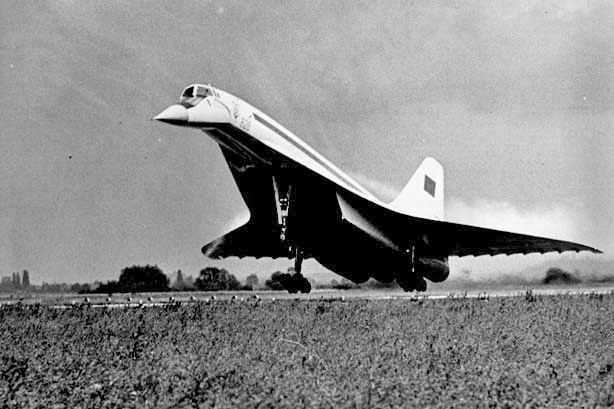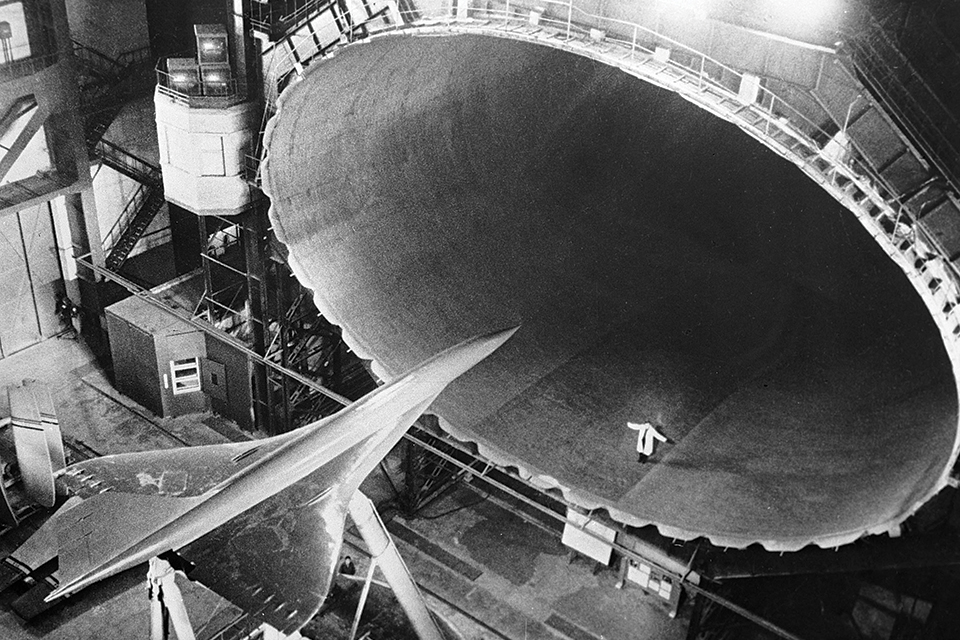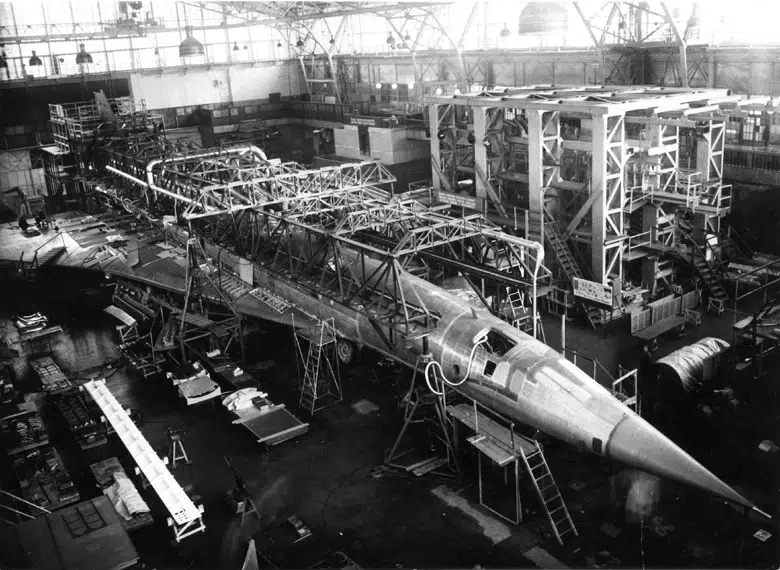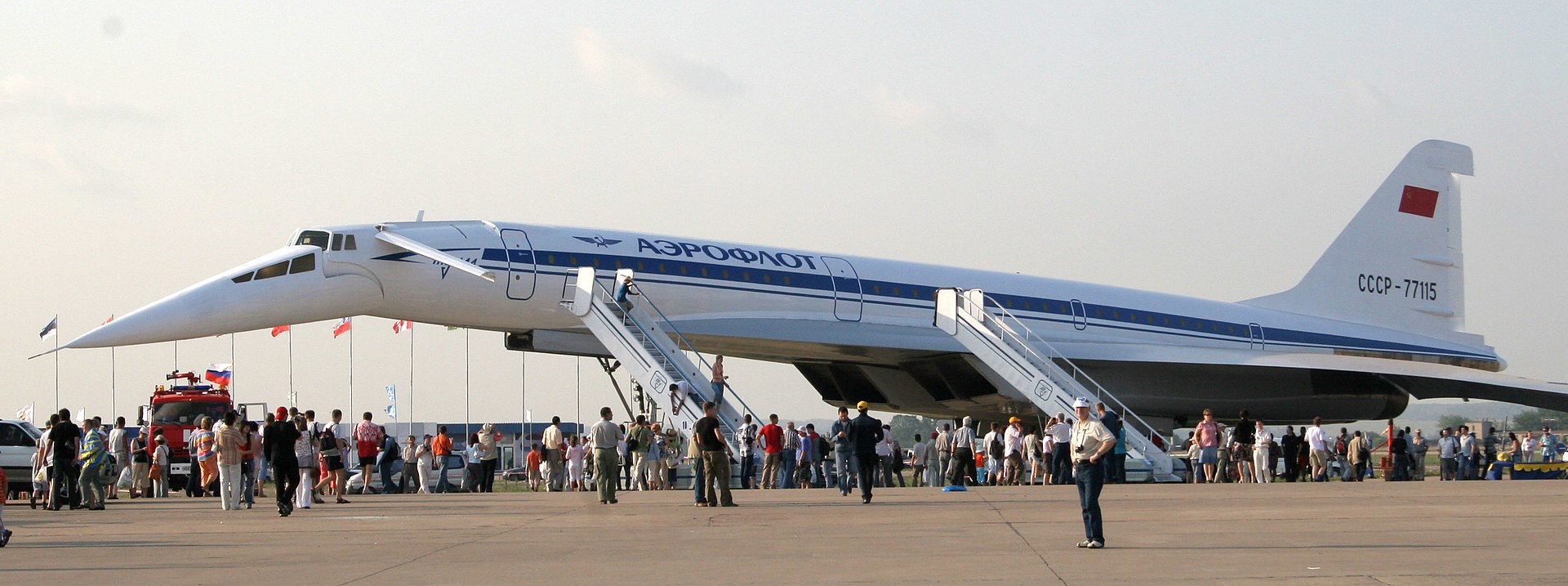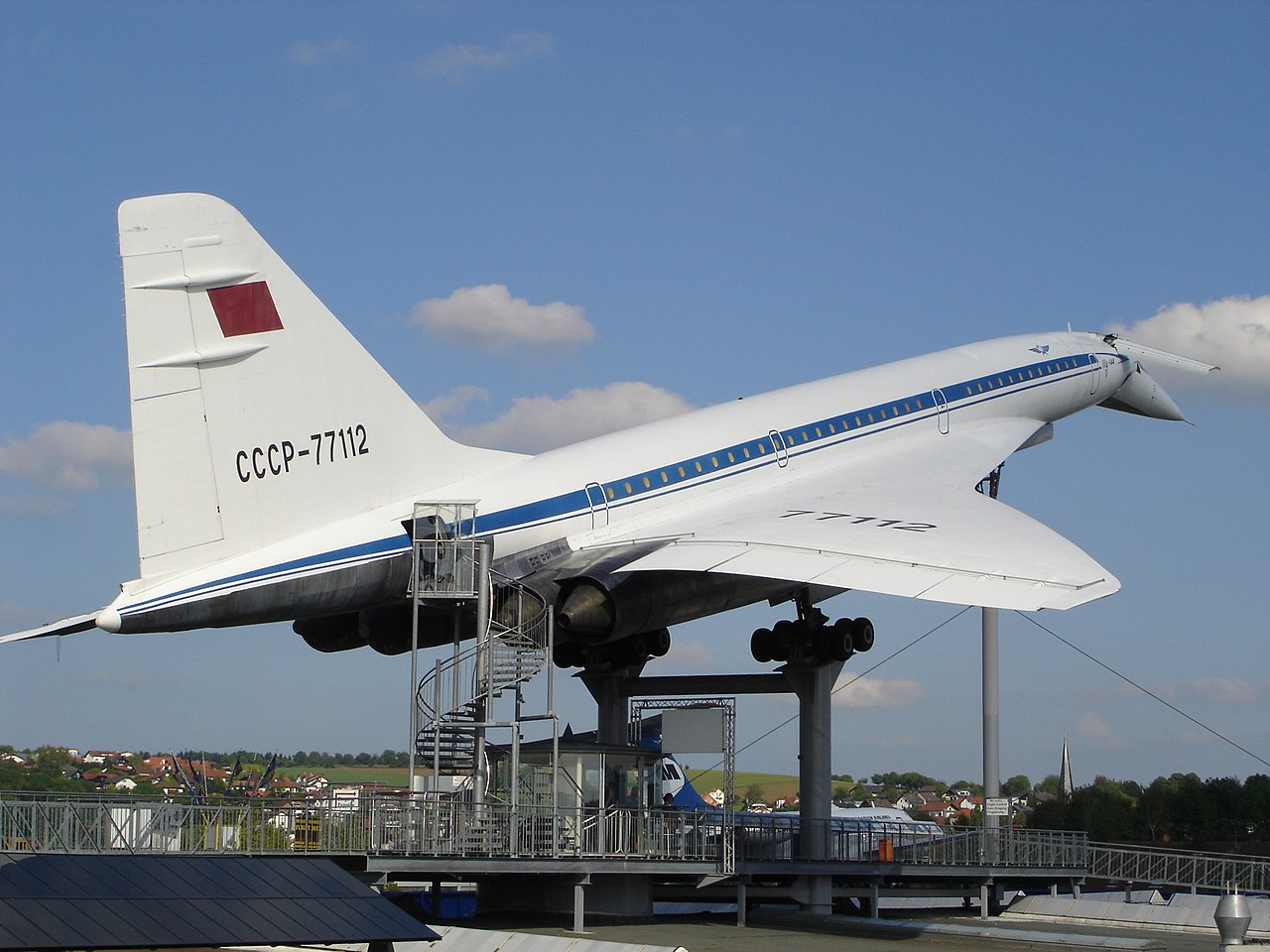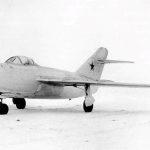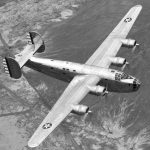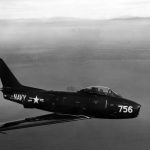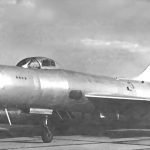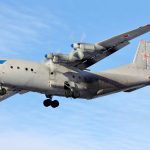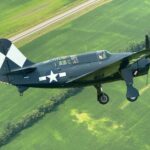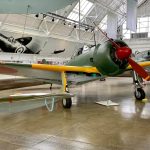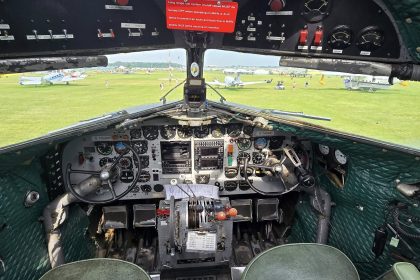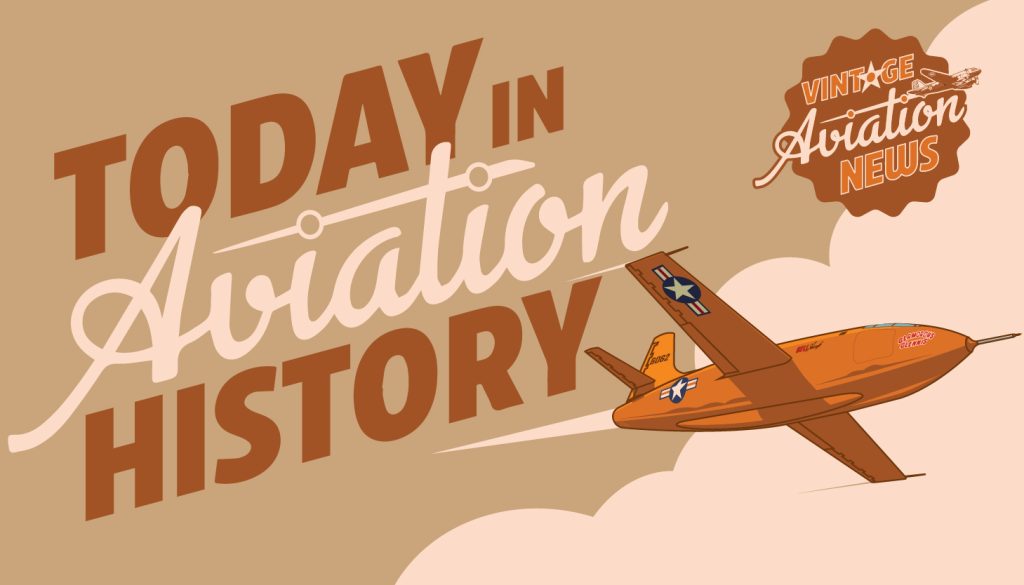
With the 1950s having ushered in the era of jet airliners, many airline officials believed that the 1960s would see the rise in supersonic travel for the general public. Indeed, supersonic military aircraft were now becoming commonplace, so surely supersonic transports (SSTs) would be the next big thing. In western Europe, Britain and France had begun their own SST program through the British Aircraft Corporation (BAC) and Sud Aviation (later Aérospatiale), respectively. However, they both realized that neither had the resources to complete their projects independently but found that it would be mutually beneficial to combine their projects in the spirit of increasing cooperation between the countries of Europe in the wake of WWII. The Americans, meanwhile, determined that, having the largest aviation industry in the world, it would seek contracts from companies such as Boeing, Douglas, and Lockheed. Not to be outdone, the Soviet Union had always wished to stay competitive with the Western world in every industrial pursuit, and the field of aviation was no different. The Council of Ministers approved the proposal in 1963, and it was decided that the Tupolev Design Bureau, under veteran aerospace engineer Andrei Tupolev, would build the aircraft that was to be called the Tupolev Tu-144, and have it ready to fly in five years.
While the Tu-144 would share a general design layout with the Anglo-French Concorde, it was larger and faster than the Concorde. Similar to the Concorde, the Tu-144 (codenamed “Charger” by NATO) had a “droop-snoot” device that would lower its nose for better visibility for the pilots in ground operations, takeoffs, and landings. Unlike the Concorde, though, the aircraft also had two small retractable canards that would deploy from the just behind the cockpit to allow for increased lift at low speeds, such as during takeoffs and landings. Early versions of the Tu-144 were powered by the Kuznetsov NK-144, but productions went into service with the Soviet state airline Aeroflot with the Kolesov RD-36. Because the Tu-144 lacked any reverse thrust capabilities, it was also forced to rely on a drag chute to help slow it down during landings. But although there was pressure on the rival Concorde to be introduced into service, the Soviet state wanted nothing less than to ensure that the Tu-144 flew first.
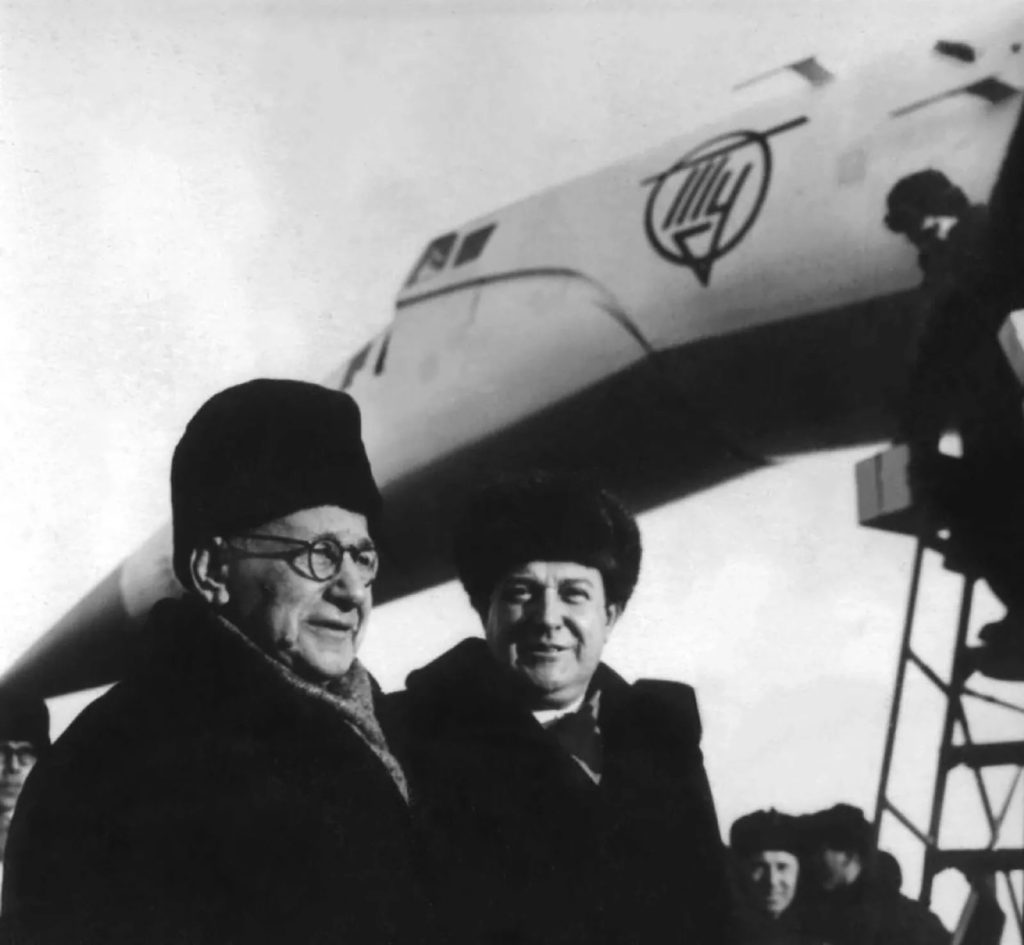
On December 11, 1967, the Concorde was presented to the public for the first time at Toulouse, France. Upon hearing this, the Central Committee of the Communist Party of the Soviet Union signed an order decreeing that the Tu-144 had to take to the air by the end of 1968. Though a MiG-21 fighter had been modified to test a new wing for the Tu-144, preparations to make the first prototype, CCCP-68001, airworthy took presence. On December 31, 1968, Tu-144 CCCP-68001 made the type’s first flight. The pilot in command was Tupolev’s chief test pilot Eduard Yelyan. More than two months later, on March 2, 1969, the Concorde made its first flight.
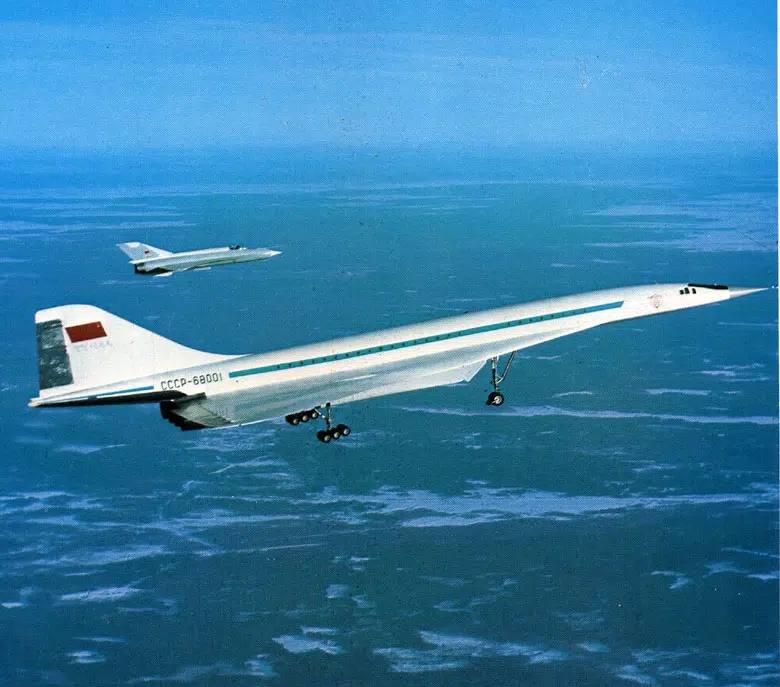
In total, 16 Tu-144s were built. Only nine of these were production models and possessed more modifications than the pre-production prototypes. The introduction of the type into passenger service was scheduled for November 1977 to coincide with the 60th anniversary of the Communist Revolution in Russia, but whether it was able to make the timeframe was a different story. In the meantime, Soviet media proudly touted the achievement of the Soviet aviation industry for creating the first supersonic transport.
In 1973, the Soviets sent the second production Tu-144, CCCP-77102, to the Paris Air Show held at Paris-Le Bourget Airport. Also in Paris was the prototype Concorde, the first time the two SSTs could be seen together. It seems that there was fierce competition between the two crews, with the Tu-144’s chief pilot Mikhail Kozlov reportedly declaring “Just wait until you see us fly. Then you’ll see something.” On June 3, 1973, the Concorde and the Tu-144 were to make their own flight demonstrations during the show, with the Concorde taking off first. The performance of the Concorde was deemed by many to be routine, and so it appeared Kozlov sought to give a more dramatic flight, complete with aerobatic maneuvers with the landing gear out and the “moustache” canards extended. However, just below 2,000 feet (600 meters), the aircraft stalled and entered a steep dive. Kozlov and his copilot, Valery Molchanov, tried to pull up, but at 400ft, with the engines at full power, the left wing outboard of the engines broke off, causing the aircraft to snap-roll and go inverted, at which point the fuselage broke off forward of the wings and the fuel vapor onboard ignited, sending flaming debris on the town of Goussainville, eight kilometers north of Le Bourget, killing all six occupants on the Tu-144, as well as a further eight people on the ground, the destruction of 15 houses, and injuries to 60 people.
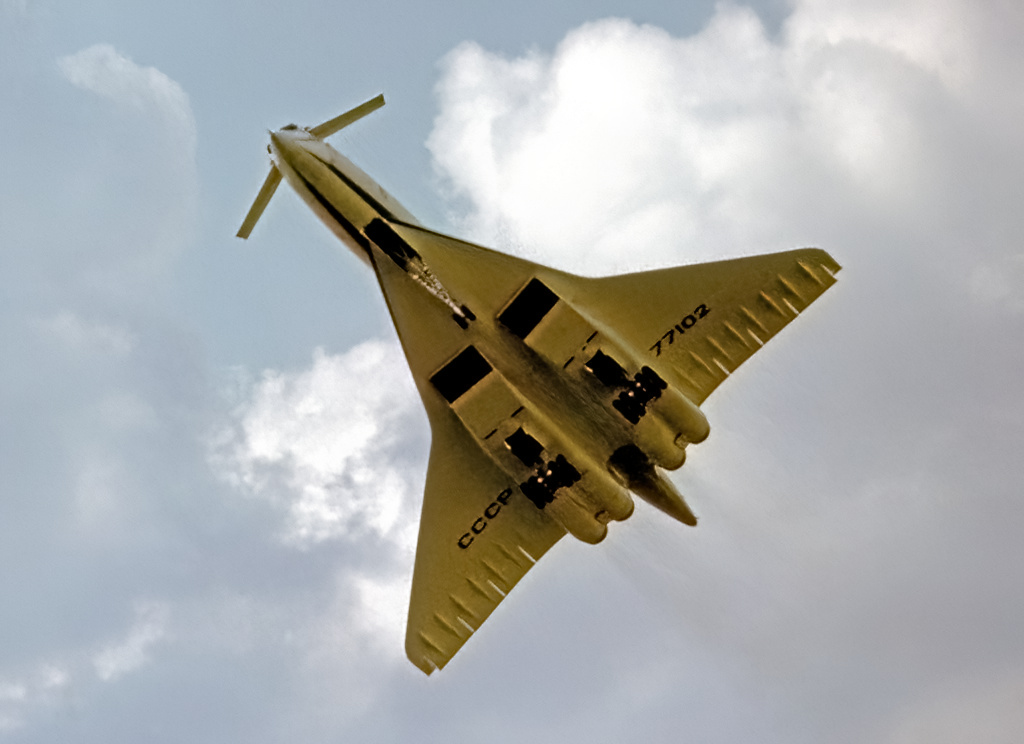
In addition to the disaster in Paris, 1973 saw an oil crisis raise global fuel costs, drastically decreasing the demand for air travel, and environmental studies in the West on the continual use of SSTs and noise complaints led to restrictions on where the Tu-144’s rival Concorde could fly. However, while the Tu-144 was faster than the Concorde by around 300 mph, the Concorde edged out the Tu-144 in range and was designed to cruise at supersonic speeds without using its afterburners, whereas the Tu-144 could only fly at supersonic speeds using its afterburners, meaning Concorde was more fuel efficient. Furthermore, the difference in cabin comfort between the two SSTs was very different. Even at supersonic speeds, Concorde’s passengers marveled at how quiet its cabin was, the Tu-144’s cabin noise levels could reach 90–95 dB on average due to the continuous operation of the afterburners. Additional noise was contributed by the air conditioning’s heat insulation system. Passengers in close proximity often had to communicate by passing hand-written notes, with the noise in the rear of the cabin closest to the engines being described as unbearable.
On December 26, 1975, Aeroflot began operating a mail and freight service provided by the Tu-144 along a single route from Moscow Domodedovo Airport to Almaty, the Soviet capital of Kazakhstan. This route was selected due to the sparse population below. Two years later, on November 1, 1977, passenger service began along the same Moscow-Almaty route, with pilot Boris Kuznetsov at the controls. Many of the subsequent flights were often delayed or cancelled due to mechanical troubles, to the point where Aleksey Tupolev, the Tu-144’s chief designer and head of the Tupolev Design Bureau, accompanied by the Soviet vice ministers of aviation industry and of civil aviation had to personally inspect every Tu-144 awaiting departure at Domodedovo Airport, and make a joint decision on whether it was fit to fly that day.

During their short operational service, the Tu-144s only flew weekly, with the pilot in command often being a senior Tupolev test pilot with an Aeroflot copilot. Though it had been intended for the Tu-144 to fly to destinations outside the USSR, it simply lacked the range to do so, and while it was designed to carry 150 passengers compared to Concorde’s range from 92 t0 120, the Tu-144 never carried more than 80 passengers in operations.
On May 23, 1978, СССР-77111, a prototype Tu-144D long range variant, was undergoing flight trials with a crew of eight, including Eduard Yelyan, who had made the first flight of the Tu-144 in 1968. During the flight, a fuel leak resulted in an inflight fire in the right wing that prompted the crew to shut down the number 3 and 4 engines, but then the number 1 on the left wing failed, causing the crew to make a belly landing near the town of Yegoryevsk, just outside Moscow. Two flight engineers were killed in the crash, which also resulted in the total loss of CCCP-77111. As such, it was decided to permanently halt all passenger flights on June 1, 1978, just seven months after the inauguration of Tu-144 passenger flights. Only 55 passenger flights were flown by Aeroflot, and ticket revenues also failed to cover the operating costs of such a sophisticated aircraft. While Concorde would be marketed in the West as a status symbol among the rich, the ostensibly classless society of the Soviet Union meant that raising the cost of a seat on the Tu-144 was unviable. In all, Aeroflot estimated that 3,284 passengers flew on the Tu-144 from 1977 to 1978, while the Concorde carried over 2.5 million passengers between 1976 and 2003.
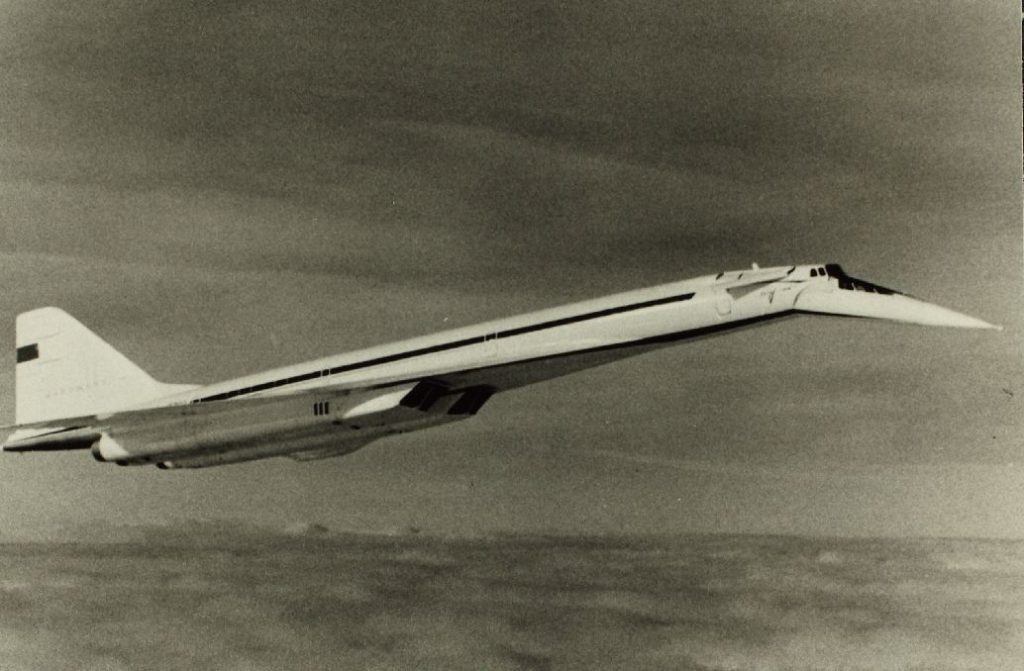
Despite the halt in passenger flights, production of further Tu-144s continued at the Voronezh Aircraft Production plant until 1983, and limited cargo flights were still being flown by Aeroflot. Following the death of Soviet premier Leonid Brezhnev in 1982, further development of the Tu-144 program was cancelled on July 1, 1983, in favor of subsonic airliners such as the Ilyushin Il-86, the first Soviet wide-body airliner. This would not be the end of the Tu-144’s flying days, however, as the surviving aircraft were repurposed for flight testing as airborne laboratories by the Ministry of Aviation Industry. In 1985, Tu-144s were used to train pilots for the Soviet Buran space shuttle program, while Tu-144D CCCP-77114 was used for high-altitude atmosphere radiological research, including monitoring and assessing the spread of radiation from the Chernobyl disaster in 1986. By 1990, many of the Tu-144s were placed in storage due to lack of funding for flight testing before the collapse of the Soviet Union.
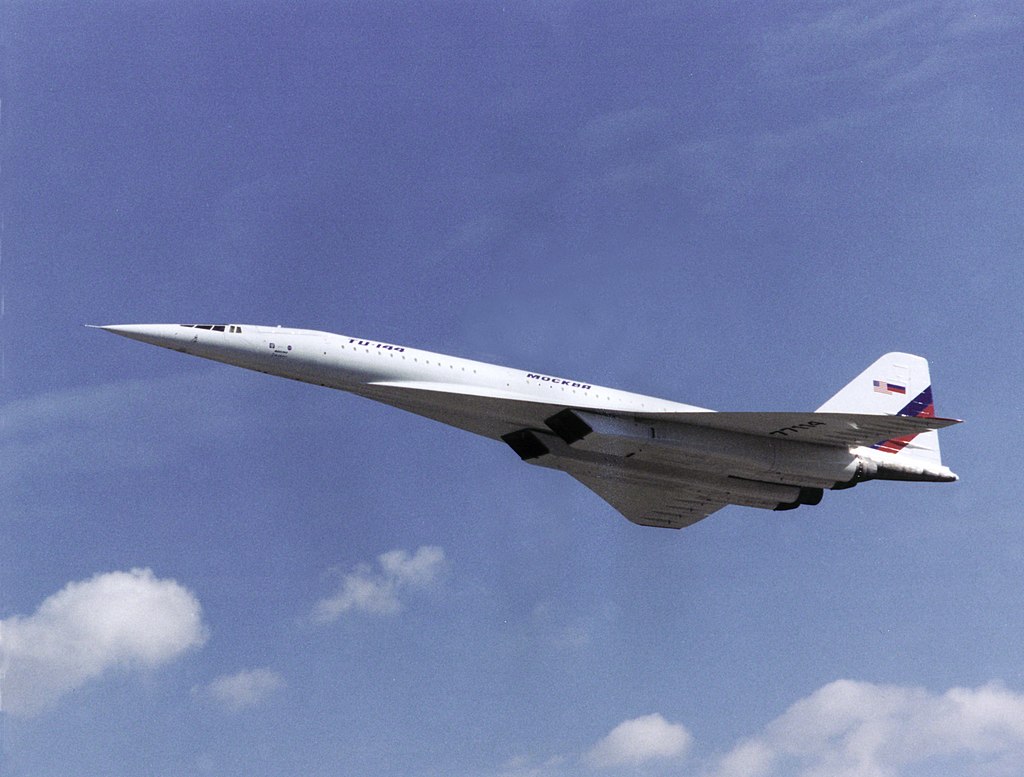
In a curious twist of fate, CCCP-77114, now registered under the Russian Federation as RA-77114, was selected for use as a testbed for NASA’s High Speed Commercial Research program, which sought to explore concepts relating to a potential new generation of supersonic transports. Redesignated as the Tu-144LL (LL standing for the Russian initials for Flying Laboratory), RA-77114 carried out 27 flights in Russia until lack of funding ended the joint Russian/American program, with the final flight of any Tu-144 being completed on June 26, 1999. In the years since the Tupolev Tu-144’s last flight, most of the surviving examples can be found in Russia, such as the Central Air Force Museum in Monino, near Moscow, and the Ulyanovsk Aircraft Museum in Ulyanovsk. One example, CCCP-77112, was later shipped to Germany and placed on display with the Technik Museum Sinsheim, which later acquired an Air France Concorde, F-BVFB, and is the only place in the world to view the two SSTs together.
Though the Tupolev Tu-144 was ultimately a failure, not only from the standards of being a safe and comfortable airliner but as a profitable aircraft, the aircraft remains an important piece of aviation history as the world’s first SST to fly, and as a reminder between the fierce competition between the Soviet Union and the Western powers of France, Britain, and the United States in the field of civil aviation during the Cold War.
Today in Aviation History is a series highlighting the achievements, innovations, and milestones that have shaped the skies. All the previous anniversaries are available HERE







